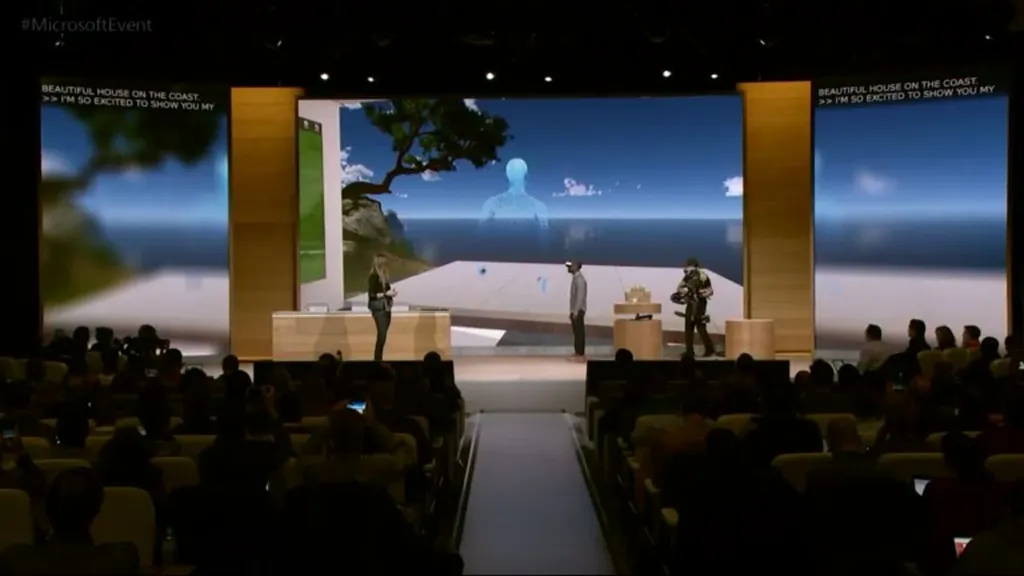Microsoft had a big surprise for VR fans today, revealing a new range of VR headsets alongside its latest Windows 10 update. Not only are these devices cheaper than the Oculus Rift and Vive, but Microsoft says they’re better too.
That is according to Terry Myerson, Microsoft Executive Vice President of the Windows and Devices Group. “These headsets will be the first and only to ship with inside-out, six degrees of freedom sensors,” he said. “Unlike every other virtual reality headset in the market today this means there’ll be zero need for a separate room, zero need for a complicated setup. And while those other less immersive accessories today cost over $500, most of the time requiring a new, expensive device, we’re announcing today that these Creators Update accessories will start at just $299.”
It’s a surprising move on Microsoft’s part, especially considering the close relationship it has with both Vive and Rift. Both headsets support Xbox One game streaming on Windows 10 PCs, for starters, but the company’s relationship with Oculus runs even deeper. Every Rift sold features an Xbox One gamepad bundled inside complete with the wireless adapter needed to use it with PCs.
Not only that, but there are rumors that Microsoft’s upcoming upgraded Xbox One, codenamed Project Scorpio, could support one if not both of these headsets. Back at Gamescom 2016 Oculus VP of Product Nate Mitchell dodged our questions as to if Rift could work with the console. Microsoft, meanwhile, didn’t confirm if these new headsets would also run on it.
It’s also important to remember that we don’t know any of the specs for any of these headsets yet. While they may feature impressive tracking systems, we don’t know if they’ll match Rift and Vive in terms of display quality and ergonomics. Indeed, its price is matched with Sony’s PlayStation VR right now, which is seen as a cheaper with slightly inferior technical specifications compared to Rift and Vive.
Plus, on the contrary to Myerson’s comments, Oculus does have an inside-out tracking headset and, unlike these devices, it’s standalone. Sadly, it only exists as a prototype right now, but perhaps today’s news might prompt the company to move a bit faster.


























